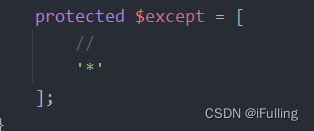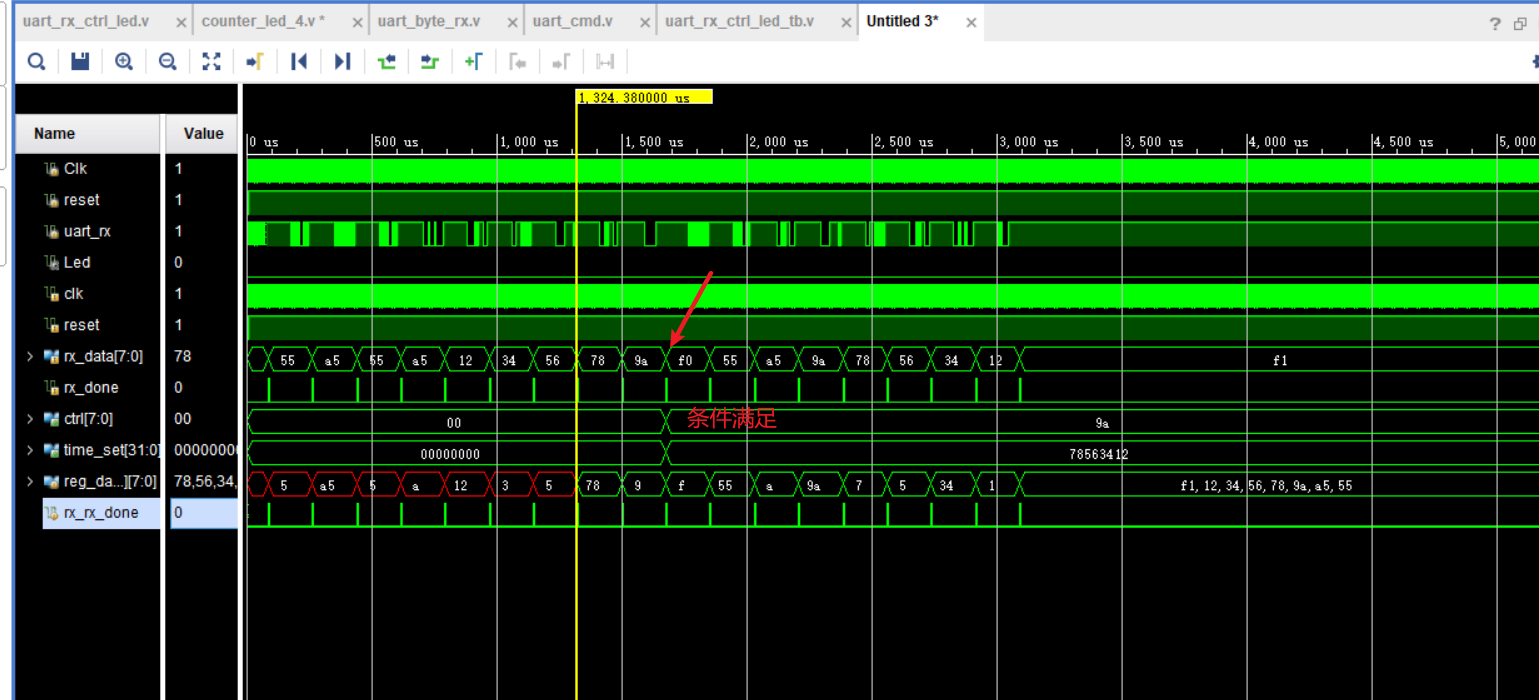目录
- 概念:
- 分类
- 全局前置守卫 ( router.beforeEach )
- 全局解析守卫 ( router.beforeResolve )
- 全局后置守卫 ( router.afterEach )
- 路由独享守卫 ( beforeEnter )
- 组件内的守卫
- beforeRouteEnter
- beforeRouteUpdate
- beforeRouteLeave
- 完整的导航解析流程
概念:
什么是路由守卫:
正如其名,vue-router 提供的导航守卫主要用来通过跳转或取消的方式守卫导航。有多种机会植入路由导航过程中:全局的, 单个路由独享的, 或者组件级的。进行一个权限的把控
分类
全局前置守卫
全局解析守卫
全局后置守卫
————————
路由独享守卫
组件内的守卫
全局前置守卫 ( router.beforeEach )
router.beforeEach((to, from, next) => {
if (from.name === null && to.name != null) {
next()
} else if (to.name === null && from.name === null) {
next({ name: 'bemissing' })
} else if (to.name === 'loginhome' || to.name === 'bemissing') {
next()
return
} else {
let usersttate = JSON.parse(sessionStorage.getItem("userId"));
if (usersttate) {
next()
} else {
next({ name: 'loginhome' });
vm.$message({
message: '登录已失效,请重新登录',
type: 'warning'
});
}
}
})

全局解析守卫 ( router.beforeResolve )
router.beforeResolve((to , from , next) => {
console.log("全局解析守卫",to, from);
next()
})
概念
:你可以用 router.beforeResolve 注册一个全局守卫。这和 router.beforeEach 类似,因为它在 每次导航时都会触发,但是确保在导航被确认之前,同时在所有组件内守卫和异步路由组件被解析之后,解析守卫就被正确调用。这里有一个例子,确保用户可以访问自定义 meta 属性
全局后置守卫 ( router.afterEach )
注意:然而和全局前置守卫不同的是,这些钩子不会接受 next 函数也不会改变导航本
router.afterEach((to, from) => {
// ...
})
路由独享守卫 ( beforeEnter )
顾名思义,
路由独享守卫,是针对于某一个路由单元开启的 单独守卫验证!,独享守卫只有前置 ,没有后置,参数和 全局前置守卫 是一样的。
const router = new VueRouter({
routes: [
{
path: '/foo',
component: Foo,
beforeEnter: (to, from, next) => {
// ...
}
}
]
})
组件内的守卫
描述:
组件内的守卫,就是同生命周期函数一样,定义在 组件中的,在相应的时期调用。
const Foo = {
template: `...`,
beforeRouteEnter(to, from, next) {
// 在渲染该组件的对应路由被 confirm 前调用
// 不!能!获取组件实例 `this`
// 因为当守卫执行前,组件实例还没被创建
},
beforeRouteUpdate(to, from, next) {
// 在当前路由改变,但是该组件被复用时调用
// 举例来说,对于一个带有动态参数的路径 /foo/:id,在 /foo/1 和 /foo/2 之间跳转的时候,
// 由于会渲染同样的 Foo 组件,因此组件实例会被复用。而这个钩子就会在这个情况下被调用。
// 可以访问组件实例 `this`
},
beforeRouteLeave(to, from, next) {
// 导航离开该组件的对应路由时调用
// 可以访问组件实例 `this`
}
}
beforeRouteEnter
描述:
进入页面的时候调用, beforeRouteEnter 守卫不能访问 this,因为守卫在导航确认前被调用,因此即将登场的新组件还没被创建。不过,你可以通过传一个回调给 next来访问组件实例。在导航被确认的时候执行回调,并且把组件实例作为回调方法的参数。
beforeRouteEnter (to, from, next) {
next(vm => {
// 通过 `vm` 访问组件实例
})
}
beforeRouteUpdate
描述:
beforeRouteEnter 路由更新时调用, 是支持给 next 传递回调的唯一守卫。对于 beforeRouteUpdate 和 beforeRouteLeave 来说,this 已经可用了,所以不支持传递回调,因为没有必要了。
beforeRouteUpdate (to, from, next) {
// just use `this`
this.name = to.params.name
next()
}
beforeRouteLeave
描述:
离开当前路由页面的时候调用。 这个离开守卫通常用来禁止用户在还未保存修改前突然离开。该导航可以通过 next(false) 来取消。
beforeRouteLeave (to, from, next) {
const answer = window.confirm('Do you really want to leave? you have unsaved changes!')
if (answer) {
next()
} else {
next(false)
}
}
完整的导航解析流程
1. 导航被触发。
2. 在失活的组件里调用 beforeRouteLeave 守卫。
3. 调用全局的 beforeEach 守卫。
4. 在重用的组件里调用 beforeRouteUpdate 守卫 (2.2+)。
5. 在路由配置里调用 beforeEnter。
6. 解析异步路由组件。
7. 在被激活的组件里调用 beforeRouteEnter。
8. 调用全局的 beforeResolve 守卫 (2.5+)。
9. 导航被确认。
10. 调用全局的 afterEach 钩子
11. 触发 DOM 更新。
12. 调用 beforeRouteEnter 守卫中传给 next 的回调函数,创建好的组件实例会作为回调函数的参数传入。





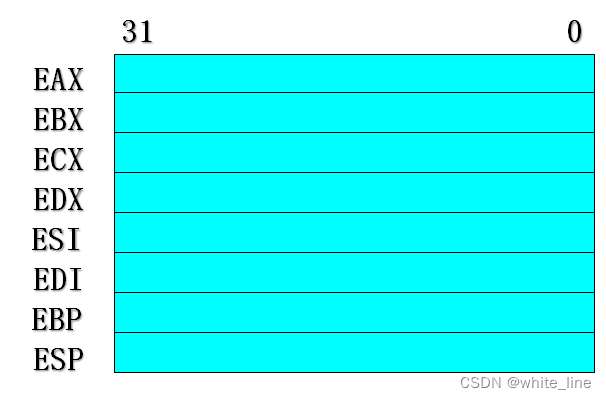
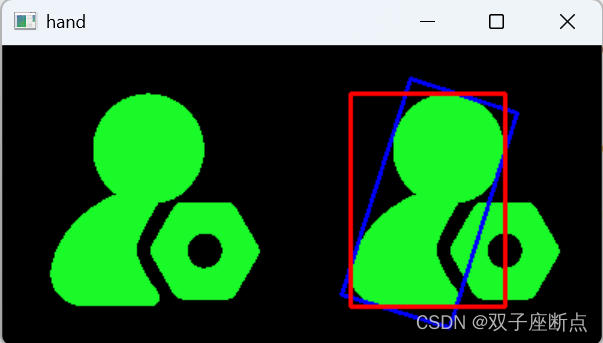
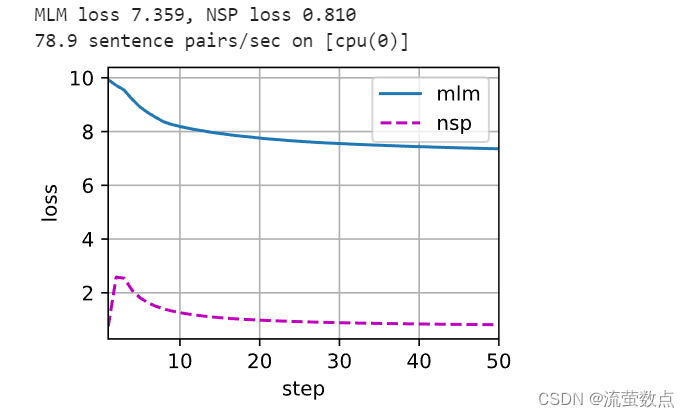


![[8]云计算概念、技术与架构Thomas Erl-第九章 云管理机制|week9|10月29日](https://img-blog.csdnimg.cn/fd98f8ef447c4066b6ec74ce55e8537a.png)







